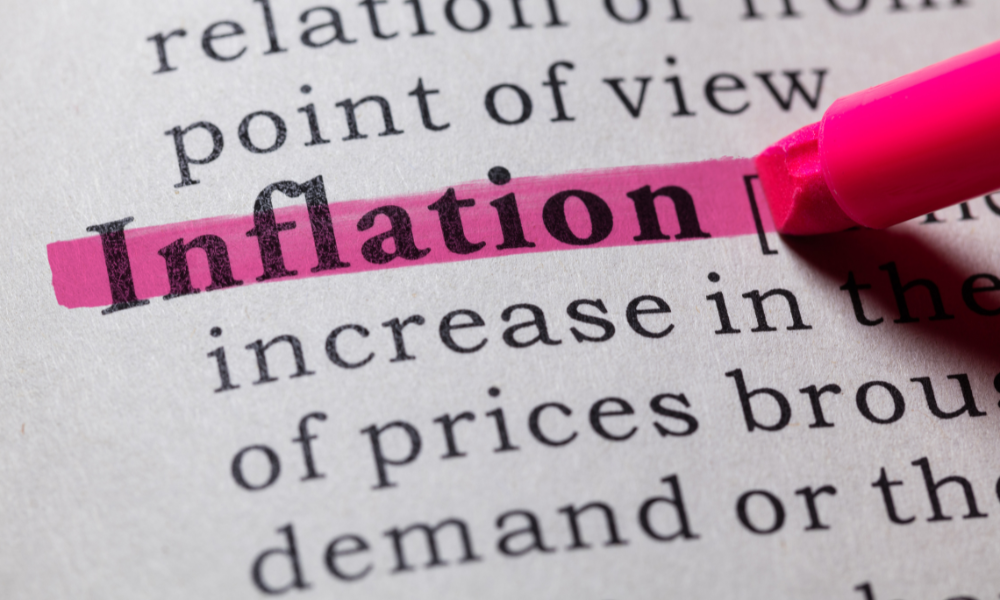Leading economists give their view following the data release

The latest signal of how the Canadian economy is faring in the high-inflation, high-rates environment shows mixed fortunes for consumer spending.
Statistics Canada’s retail sales data was published Friday showing a 0.3% gain month-over-month in July to $66.1 billion, slightly below the 0.4% that the agency had expected in its advance estimate with volume down 0.2% on an inflation-adjusted basis.
Seven out of nine industries reported higher sales, despite 17% of Canadian retailers suffering from the Port Strikes in BC, and core sales recorded a broad-based resilience.
Motor vehicle and parts dealers posted a 1.6% month-over-month decline, after several months of gains, and gasoline stations were impacted by a drop in prices, although this is reversing.
So, what do the stats mean for interest rates?
TD Economics’ economist Maria Solovieva, CFA, notes that around half of mortgages originated before the current rate-hiking cycle began will face renewals this year.
“Meanwhile, families who rely on a more interest-rate sensitive consumer credit have already fully experienced the bitterness of higher rate medicine, and retail sales in real terms are softening,” she stated in a commentary. “We think that weaker demand will translate into cooler inflation in the coming months, enabling the BoC to will remain on hold for the rest of the year. “
CIBC’s Catherine Judge agrees that further signs of economic weakness are incoming.
“We expect the unemployment rate to rise further ahead and combined with the impact of mortgage renewals at higher interest rates, that will add pressure to consumption, likely leaving the BoC on hold for the rest of this year,” she commented.
Slow growth or no growth?
Desjardins has revised its real GDP growth estimate to near zero for the third quarter and does not see a rate hike in the near-term.
“After taking into account the recent gains in population, the weakness in consumer spending becomes more visible. With more effects from higher interest rates set to come, the Bank of Canada still looks likely to hold its policy rate at 5.00% at its meeting on October 18th,” said economist Maëlle Boulais-Préseault.



